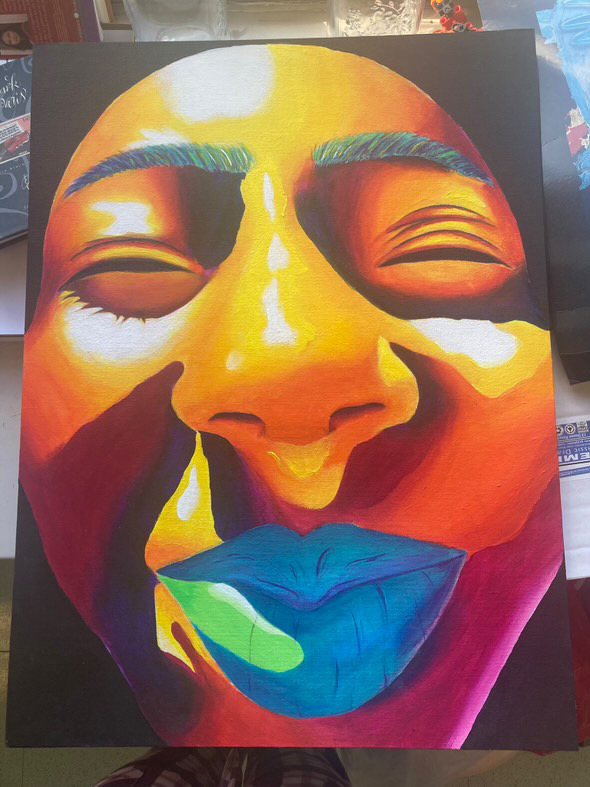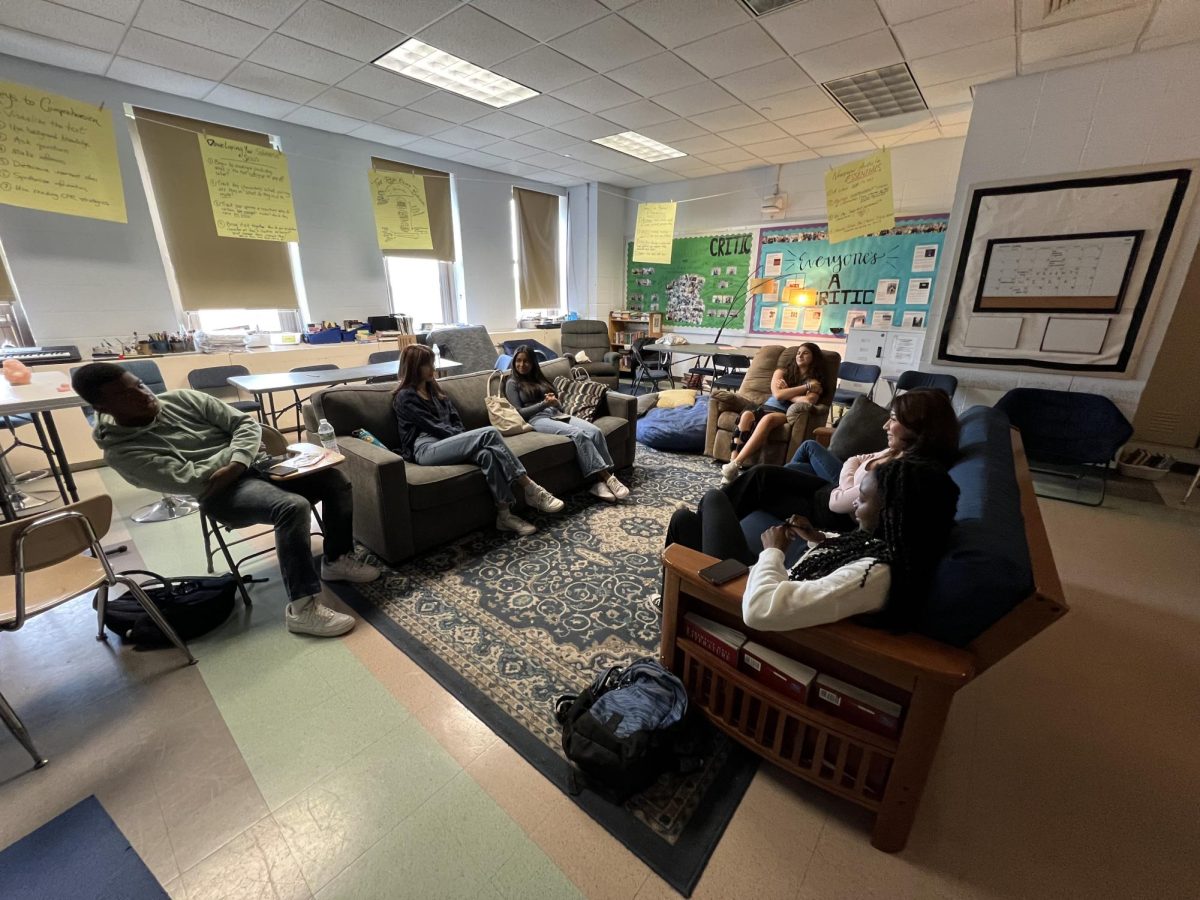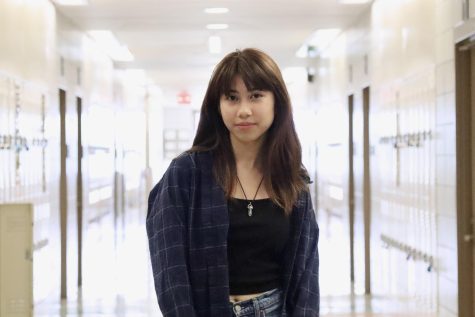
In 2018, Room 410 debuted at Townsend Harris High School as a classroom that stands out from the typical THHS classroom with fixed desks in rows. It utilizes textures, sounds, and visuals through furniture, music, and lighting to appeal to students’ senses. The Zen Den, which debuted the following fall, is a curated space for staff and students to relax in, creating a sense of tranquility.
Integrating more classrooms like Room 410 that have a Zen Den-like philosophy would enhance learning and improve the mental well-being of students.
The typical THHS classrooms usually have rows of desks which are quite outdated compared to other NYC public schools in 2024. When students have class in Room 410, there is a plethora of seating options in group settings, encouraging social dynamics and fostering meaningful connections.
In order to integrate a Zen Den-like philosophy into classrooms, teachers should have the option to personalize their classroom. This allows for creative freedom granted to teachers on an individual basis, in regards to their teaching style, subject, and personal opinion.
Letting teachers decide how they wish to furnish their classrooms, from utilizing standard arrangements to having creative freedoms, creates a calming and relaxing environment. This opportunity would not be a hindrance, but a morale boost, as teachers’ classrooms can mirror 410’s ability to get students engaged and comfortable in the environment.
However, some issues arise with the desire for out-of-the-box classrooms. A possible area of concern is whether all students would benefit in such rooms, as there could be excess clutter and distractions from additional light fixtures and furniture. Additionally, school instills a sense of comfort in students through routine and predictability, the drastic changes from one classroom to the next could lead to overstimulation and confusion.
While it’s true that different classroom styles cater to students in varying degrees, the end goal is to enhance the environment, creating a cozy and inviting space. Teachers are knowledgeable about what controlled personal integrations would enhance their students ability to learn. They understand how to curate a balance between comfort and academics, with students’ mental well-being and academic performance at the forefront.
Teacher-centered teaching is a method of instruction that places teachers at the center of the classroom. While this teaching style may be more traditional (think the teacher with chalk lecturing in front of a class with rows), student participation and collaboration are more vital to a well-rounded education.
A study done in the Netherlands prompted a survey for elementary school teachers to assess the plethora of seating arrangements, leading to their personal classroom organization, ‘The most frequently mentioned reason for small groups was cooperation between students, […] Interestingly, more teachers (70 percent) actually preferred small groups.’ (Gremmen, van den Berg, Segers, & Cillessen, 2016). Denoting the benefits of group centered seating arrangements instead of classes in rows.
Another creative classroom organization based on the principles of the research study, (Gremmen, van den Berg, Segers, & Cillessen, 2016) would be clusters of desks in groups of four. Group seating builds student relationships, making them feel comfortable in their environment. In contrast to students feeling closed off and secluded in their own little island.
Integrating a variety of other classroom organizations with an emphasis on students wellbeing and engagement in classrooms would enhance productivity. One being by arranging desks into a U-shape, every student faces the teacher, being in the teacher’s direct line of sight, allowing for engaging classroom discussions.
In THHS, there is a strong emphasis on students’ mental health, from frequent meetings between guidance counselors and students, to weekly mindful Monday meditation sessions and daily quotes of affirmation. Both the Zen Den and Room 410 refrain from using harsh lights, instead choosing to utilize lamps and fairy lights, which increase relaxation levels, ultimately lowering stress.
Aiming to create more classrooms like these, especially with the approval and guidance of teachers may prove to better serve Harrisites and create a more inclusive academic environment.





























